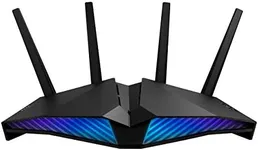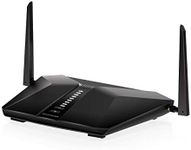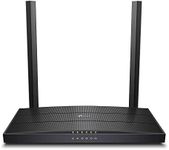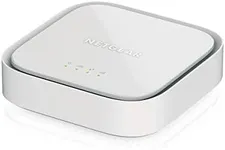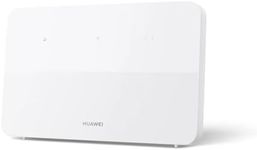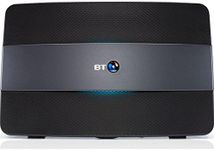Buying Guide for the Best Modems
Choosing the right modem is crucial for ensuring a stable and fast internet connection at home or in the office. A modem is the device that connects your local network to the internet, translating signals from your internet service provider into data that your devices can use. When selecting a modem, consider the compatibility with your internet service, the speed requirements of your household, and any additional features that might enhance your internet experience. Understanding the key specifications will help you make an informed decision that suits your needs.CompatibilityCompatibility refers to whether the modem can work with your internet service provider (ISP) and the type of internet connection you have, such as DSL, cable, or fiber. This is important because not all modems work with all types of internet services. To navigate this, check with your ISP to see which modems are compatible with their service. If you have a cable internet connection, look for a DOCSIS modem, while DSL users should look for a DSL modem. Fiber connections often require specific modems provided by the ISP. Choose a modem that matches your internet type to ensure seamless connectivity.
SpeedSpeed refers to the maximum data transfer rate that the modem can handle, usually measured in megabits per second (Mbps). This is important because it determines how fast your internet connection can be. Modems are often categorized by their speed capabilities, such as DOCSIS 3.0 or DOCSIS 3.1 for cable modems, with DOCSIS 3.1 offering higher speeds. To pick the right speed, consider the number of devices connected to your network and the type of activities you do online, like streaming or gaming. If you have a high-speed internet plan, ensure your modem can support those speeds to avoid bottlenecks.
ChannelsChannels refer to the number of downstream and upstream channels a modem can use to send and receive data. This is important because more channels can mean better performance and faster speeds, especially during peak usage times. Modems are often labeled with numbers like 8x4, 16x4, or 32x8, indicating the number of downstream and upstream channels. For basic internet usage, a modem with fewer channels may suffice, but for heavy usage or multiple users, a modem with more channels can provide a smoother experience. Choose based on your internet plan and usage habits.
Ethernet PortsEthernet ports are the physical connections on a modem that allow you to connect devices directly using an Ethernet cable. This is important for devices that require a stable and fast wired connection, like gaming consoles or desktop computers. Modems typically come with one or more Ethernet ports, and having multiple ports can be beneficial if you have several devices that need a wired connection. Consider how many devices you plan to connect directly to the modem and choose a model with enough ports to accommodate them.
Built-in RouterSome modems come with a built-in router, which means they can also provide Wi-Fi connectivity to your devices. This is important if you want to minimize the number of devices in your setup and simplify your network management. Modems with built-in routers can be convenient, but they may not offer the same performance as standalone routers. If you have a small space and fewer devices, a modem-router combo might be sufficient. However, for larger homes or more demanding internet usage, a separate router might be a better choice for optimal Wi-Fi coverage and speed.

